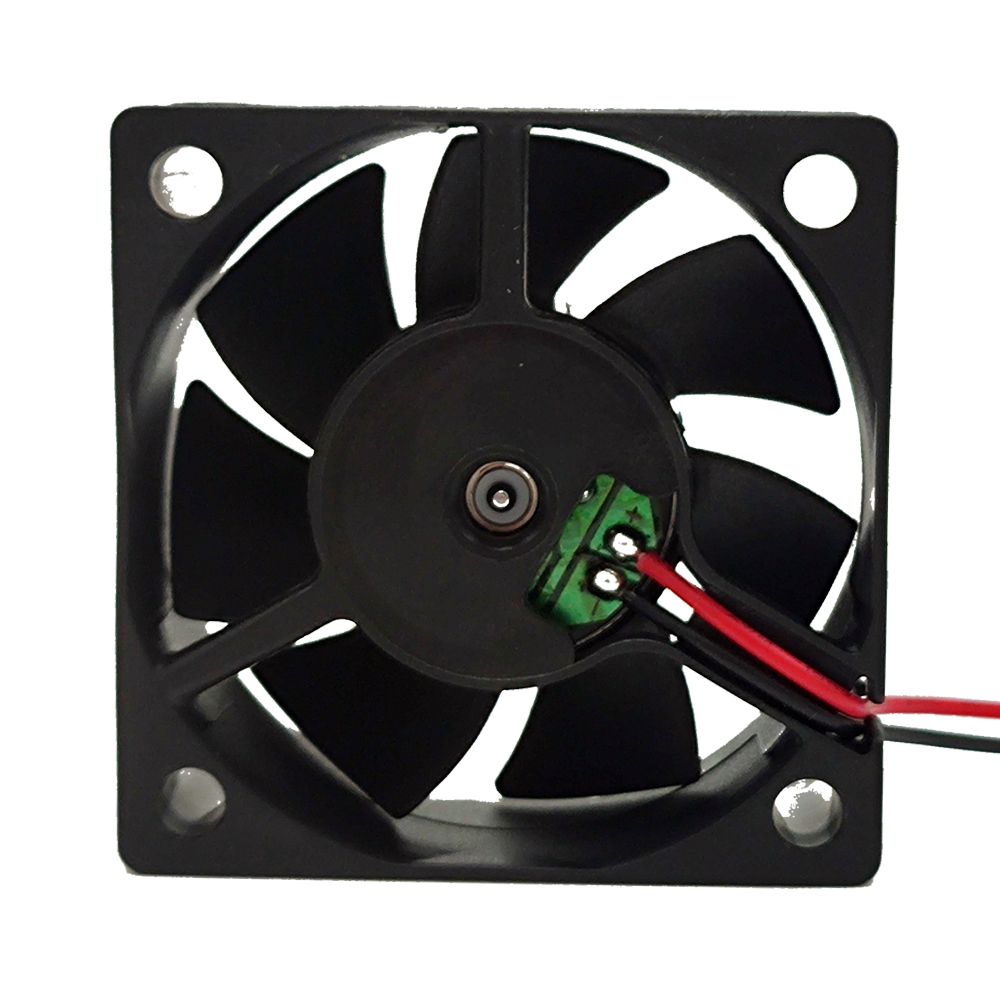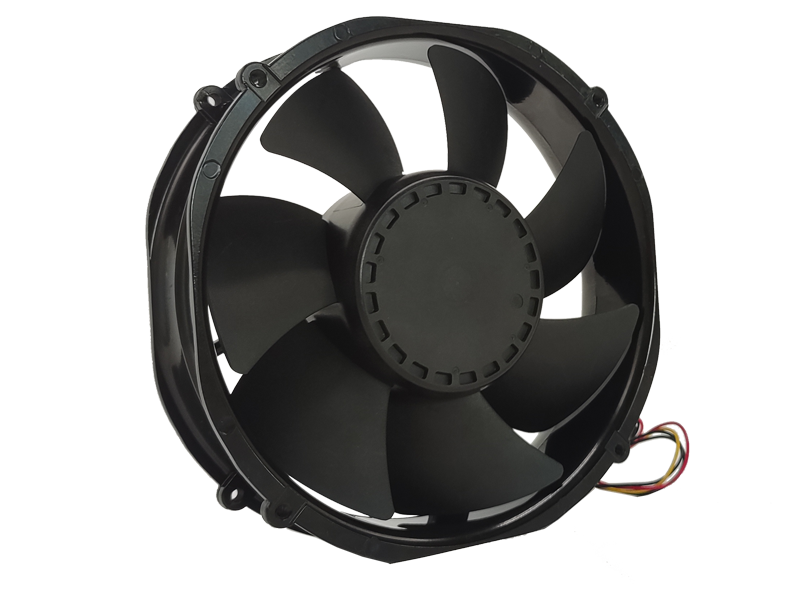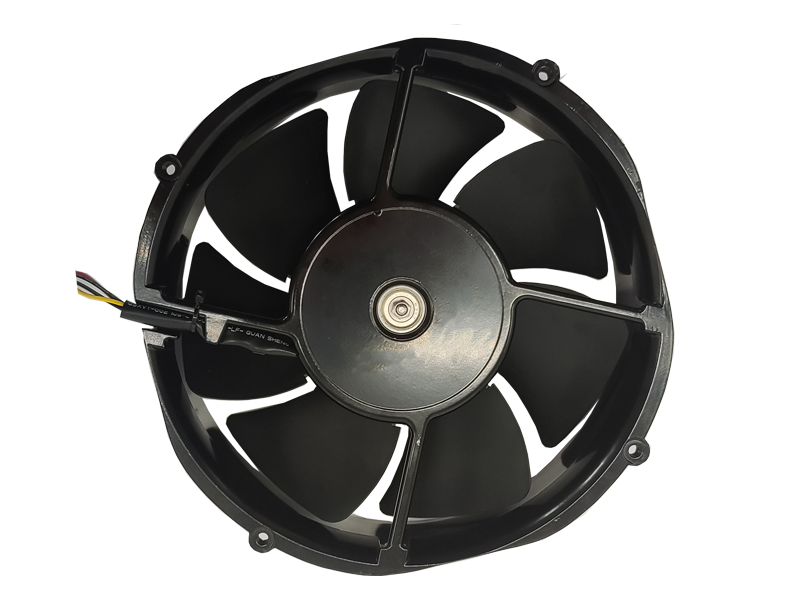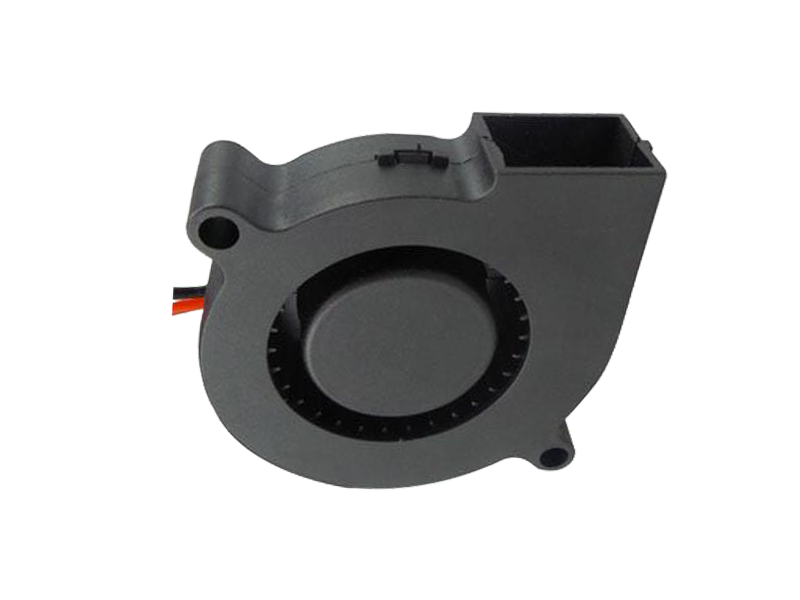In industrial settings, where high-powered machinery and large-scale processes dominate, the efficiency of cooling systems can often make or break the success of operations. Industrial fans play an essential role in maintaining optimal temperatures, improving air quality, and ensuring the safety of workers in demanding environments. From factory floors to chemical processing plants, industrial fans are required to operate efficiently under tough conditions. This article will examine industrial fans from a product perspective, exploring the importance of performance, design, energy efficiency, and the role they play in boosting operational productivity.
1. The Role of Industrial Fans in Heavy-Duty Environments
Industrial fans are not just simple air-moving devices. They serve a critical purpose in maintaining a productive, safe, and efficient working environment. Their core functions generally revolve around the following key aspects:
Cooling:
Industrial processes generate significant heat, particularly in manufacturing and metalworking industries. Overheating can lead to machinery failure, reduced operational efficiency, and even workplace hazards. Industrial fans help dissipate this excess heat by improving air circulation and ensuring proper cooling across factory floors or near equipment that operates at high temperatures.
Ventilation:
In industries like mining, oil refining, and food processing, ventilation is essential to remove airborne contaminants such as dust, fumes, or gases. Poor air quality can pose severe health risks to workers. Industrial fans help improve ventilation, ensuring that fresh air circulates throughout the facility while removing harmful substances, preventing air contamination, and maintaining a safe work environment.
Humidity Control:
Humidity levels can affect machinery, products, and even workers’ health. Industrial fans assist in controlling moisture and condensation, which could otherwise lead to rusting, mold growth, or worker discomfort. In facilities where moisture is a critical factor, such as in breweries or paper mills, industrial fans help maintain the ideal environmental conditions.
2. Product Design Considerations for Industrial Fans
When considering industrial fans as a product, manufacturers must account for several important factors that influence their design, performance, and suitability for specific applications. Let’s examine these critical considerations from the product perspective.
2.1 Airflow Capacity and Efficiency
Airflow capacity is one of the most crucial design considerations for industrial fans. Fans are classified by their ability to move air, usually measured in cubic feet per minute (CFM) or cubic meters per hour (m³/h). The ideal fan should be capable of providing sufficient airflow to achieve the desired ventilation or cooling in a specific environment.
In heavy-duty industrial environments, achieving an optimal balance between airflow and energy consumption is vital. High airflow doesn’t always equate to energy efficiency. Fan motors must be designed to handle high-capacity airflow while minimizing energy consumption. More advanced designs use variable frequency drives (VFDs) that adjust the fan speed based on real-time temperature, humidity, or pressure conditions, making them much more energy-efficient and adaptable to the specific needs of an environment.
2.2 Noise Reduction
Noise is a significant concern in industrial environments, especially when large fans are used continuously. Excessive noise not only makes the workplace uncomfortable but can also lead to hearing damage and decreased productivity. The design of the fan blades, the motor housing, and other components directly affects noise levels.
Manufacturers now design industrial fans with noise reduction technologies such as aerodynamic fan blades, vibration-damping mounts, and quieter motors. Incorporating these features reduces operational noise, contributing to a safer and more comfortable work environment, particularly in enclosed spaces or environments with sensitive processes.
2.3 Material Durability and Weather Resistance
Industrial fans are exposed to harsh conditions, including extreme temperatures, humidity, and corrosive substances. Materials used in fan construction must be durable and resistant to corrosion, wear, and tear. Commonly used materials include stainless steel, galvanized steel, aluminum alloys, and thermoplastic composites.
For environments where corrosion or extreme heat is prevalent — such as chemical plants or foundries — selecting the right material is critical to ensuring the longevity of the fan. Additionally, advanced coatings and protective finishes can enhance the fan’s resistance to environmental factors, extending its lifespan and reducing maintenance costs.
2.4 Fan Size and Space Considerations
The size and installation flexibility of industrial fans are crucial design elements. In large facilities, space limitations can make it difficult to fit oversized fans, while in smaller environments, compact fan models are more suitable. Therefore, manufacturers must offer a range of fan sizes, from small, high-velocity units to large, low-speed models, each optimized for different tasks.
Another important factor in space planning is the integration of the fan into an existing ventilation or HVAC system. Modular fan designs that can be easily adapted or integrated with existing systems provide flexibility and cost savings for industries looking to upgrade or expand their cooling capabilities without significant infrastructure changes.
3. Energy Efficiency and Cost-effectiveness in Industrial Fans
Energy consumption is a significant concern in industrial operations. Industrial fans can consume a substantial amount of power, especially when running at full capacity for extended periods. As energy costs continue to rise and environmental regulations tighten, energy efficiency is increasingly a top priority for manufacturers.
Modern industrial fans incorporate energy-saving technologies, such as:
EC Motors (Electronically Commutated Motors):

These motors are known for their high efficiency and ability to modulate speed based on demand. EC motors are more efficient than traditional AC motors, especially in applications where the fan is only needed for a fraction of the day at full capacity.
Variable Frequency Drives (VFDs):
VFDs allow fans to adjust their speed based on real-time environmental conditions, reducing energy consumption. For example, if the temperature or humidity drops, the fan will automatically slow down, conserving energy.
High-efficiency Blade Design:
Aerodynamically designed fan blades reduce resistance and improve airflow efficiency. These designs minimize energy losses, making the fan more energy-efficient even when used in high-demand situations.
4. Maintenance and Longevity: Key Factors for Industrial Fan Products
Industrial fans are subjected to intense operational conditions, meaning regular maintenance is essential for keeping them running efficiently. A fan that requires constant maintenance can lead to downtime and lost productivity, both of which are costly for industrial operations.
To address this issue, many modern industrial fans are designed with durability and low-maintenance in mind. Key design features include:
Sealed Bearings:
Sealed bearings are less prone to wear and contamination, reducing the need for frequent maintenance. This is particularly beneficial for fans operating in dusty or harsh environments.
Corrosion-resistant Components:
Using high-quality materials and corrosion-resistant coatings in the fan assembly ensures that components do not deteriorate quickly, extending the overall lifespan of the fan.
Self-lubricating Bearings and Motors:
Self-lubricating bearings reduce the need for manual lubrication, which can save time and labor costs for maintenance teams.
5. The Future of Industrial Fans: Emerging Trends and Innovations
As industries evolve, the demands for more advanced, energy-efficient, and customized cooling solutions will drive the innovation of industrial fans. Key trends include:
Integration with IoT and Smart Systems:
The future of industrial fans lies in smart connectivity. Fans integrated with IoT sensors can monitor performance metrics in real-time, track energy usage, and predict maintenance needs. By connecting to centralized management systems, fans can be automatically adjusted or shut down to prevent inefficiency or damage.
Sustainability and Eco-friendly Design:
In response to growing environmental concerns, future fan designs will focus on maximizing energy efficiency and minimizing environmental impact. This includes using renewable energy sources, reducing CO2 emissions, and utilizing sustainable materials in fan production.
Advanced Blade Technology:
Research into new blade materials and aerodynamic designs will continue to improve the efficiency and performance of industrial fans. For example, fans made with 3D-printed blades are being explored for their potential to optimize airflow while reducing material waste.
6. Conclusion
Industrial fans are not just simple tools for moving air — they are complex products designed to enhance efficiency, reduce energy costs, and improve workplace safety. With increasing demands for higher performance and greater energy efficiency, manufacturers must focus on smart design, sustainability, and cost-effectiveness in their fan offerings. As industries continue to evolve, innovation in industrial fan technology will play an integral role in shaping the future of industrial operations, ensuring that these essential components remain vital in every industrial sector.
Recommended Products

The main purpose:Car charging station

The main purpose:Car charging station

The main purpose:Electronic refrigerators, water dispensers, direct drinking machines, inverter power supplies
Address:No. 4137, Longgang Avenue (Henggang Section), Henggang Community, Henggang Street, Longgang District, Shenzhen
hotline:13530005572(Chen)15112579390(Li)


Welcome all friends to come for consultation and negotiation.
Copyright 2024 @ Shenzhen Youneng Xinyuan Electronics Co., Ltd.,(industrial fans,industrial blowers,axial fans,cooling fans manufacturer,centrifugal fans,ac cooling fans,dc cooling fans)